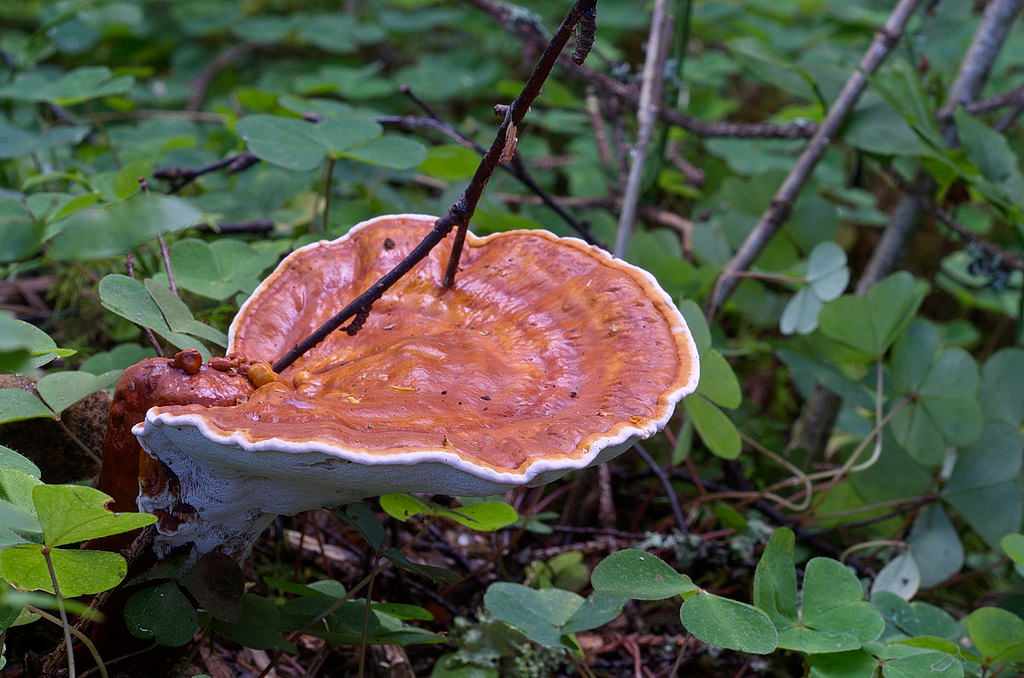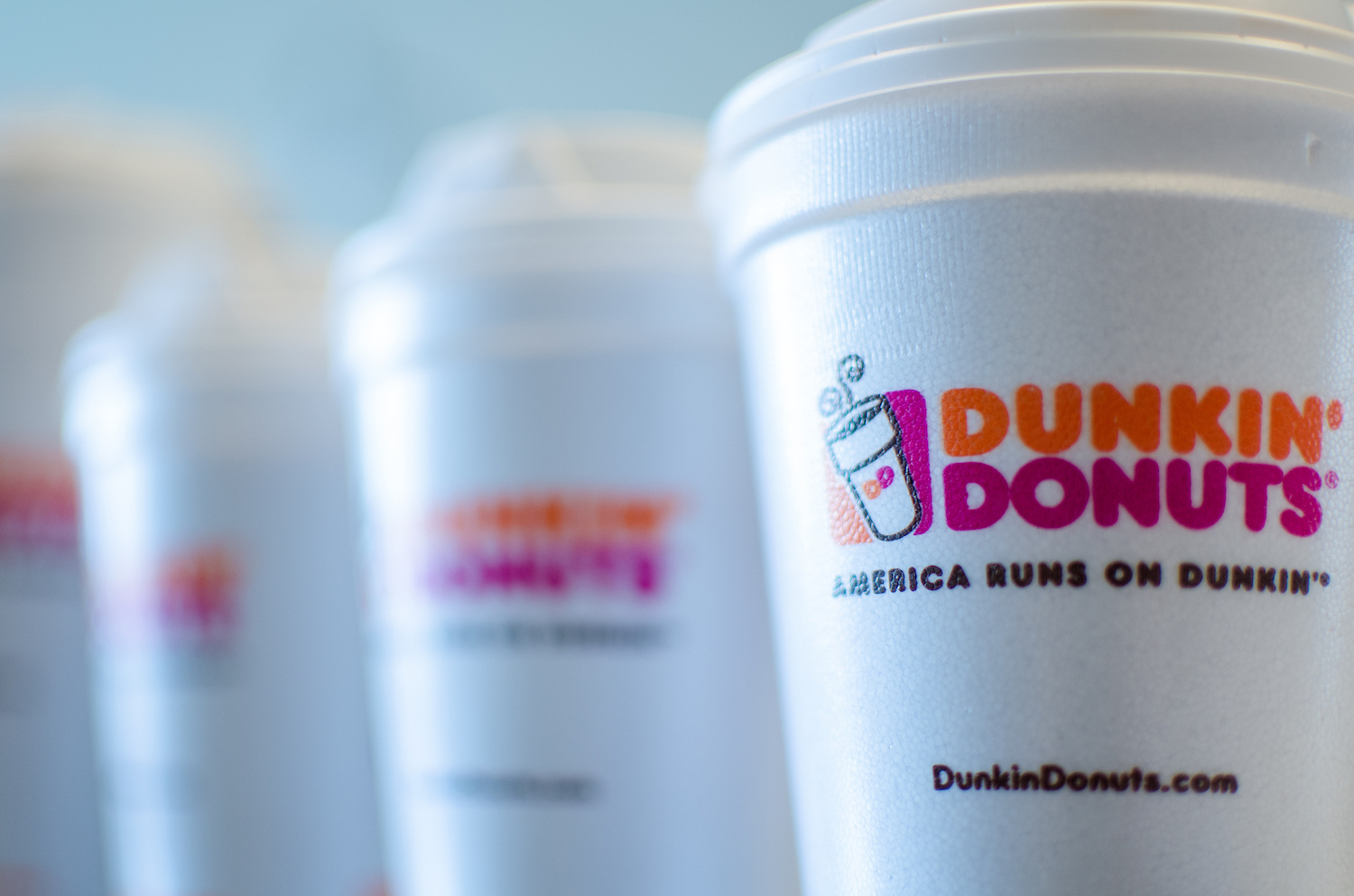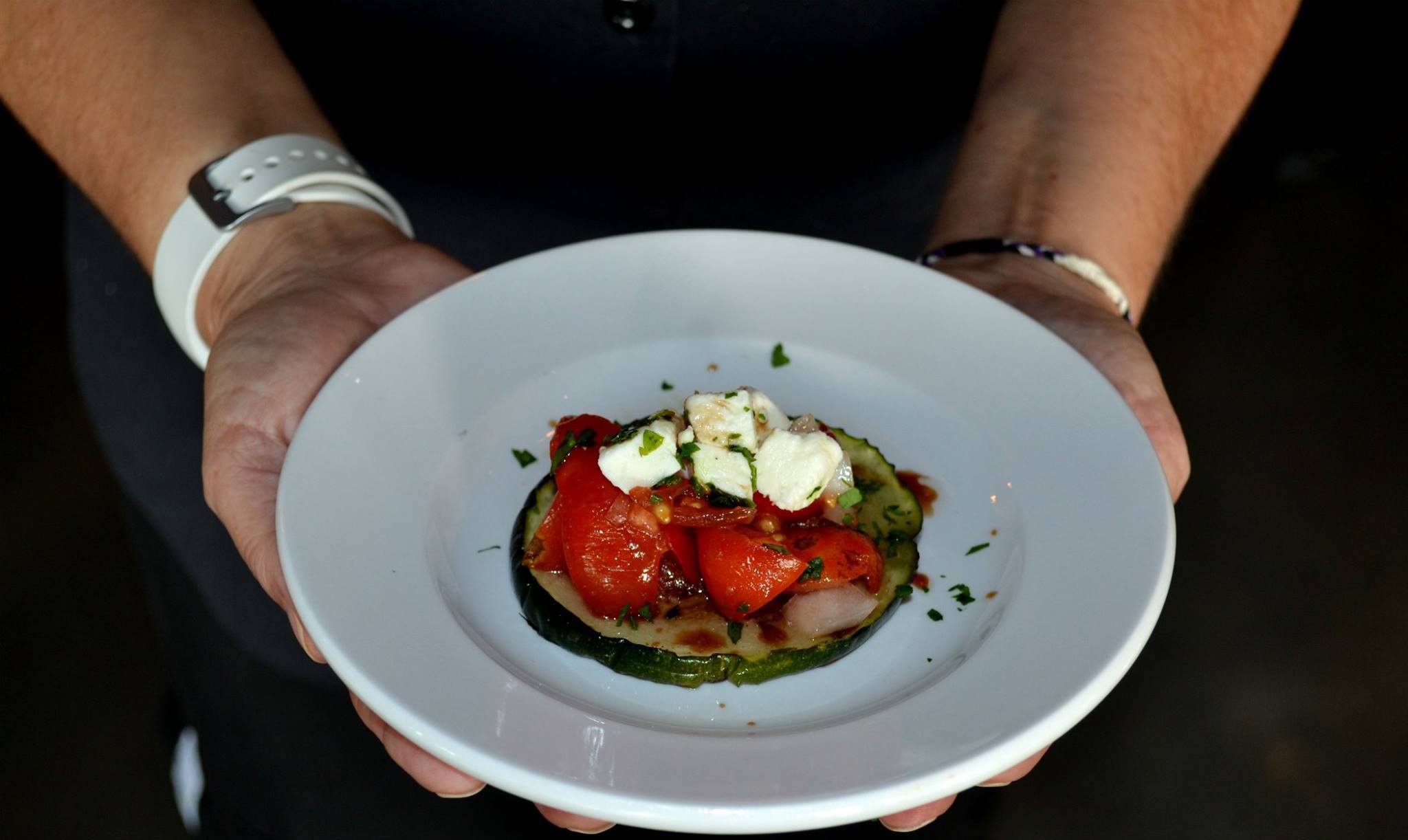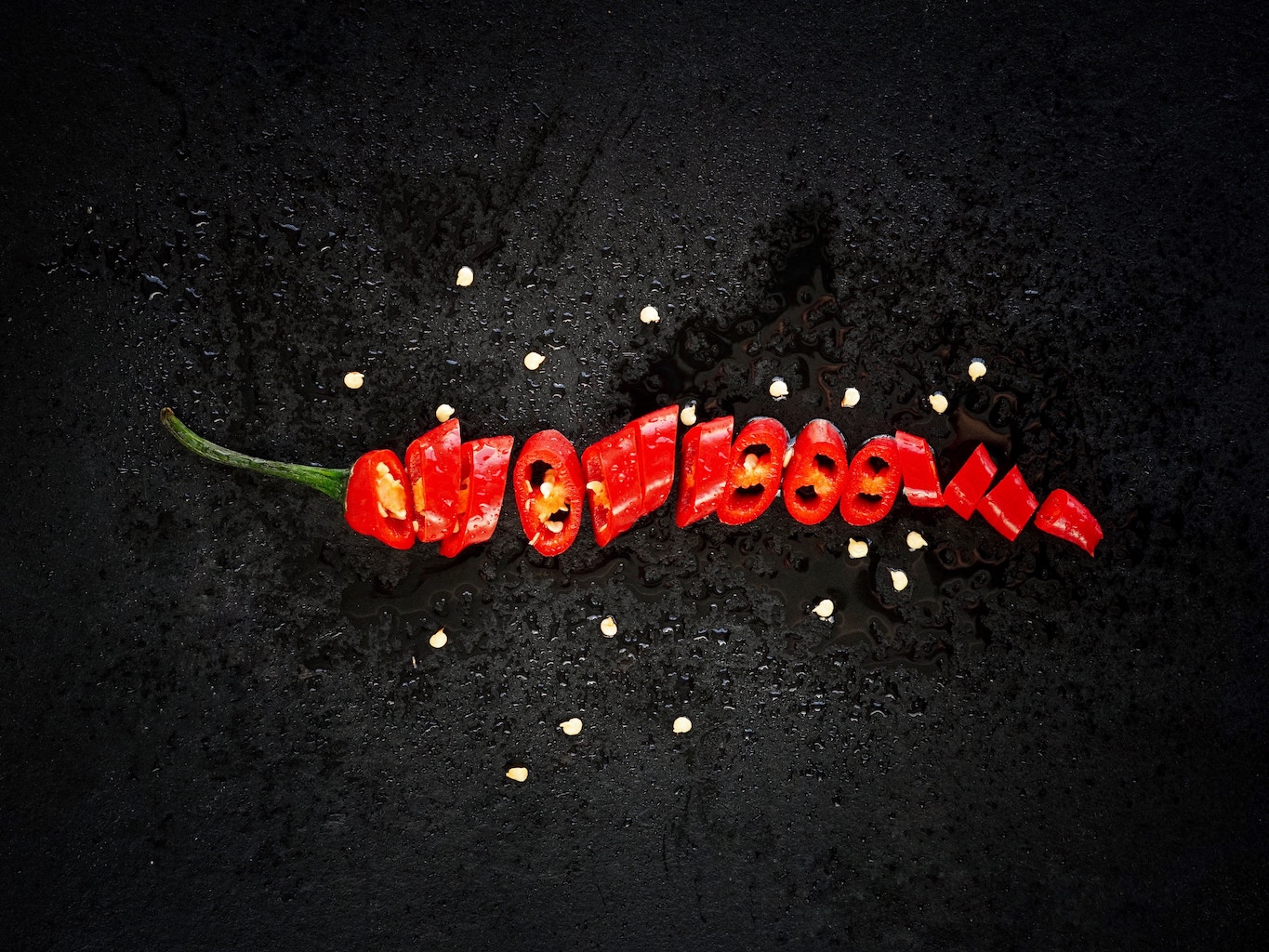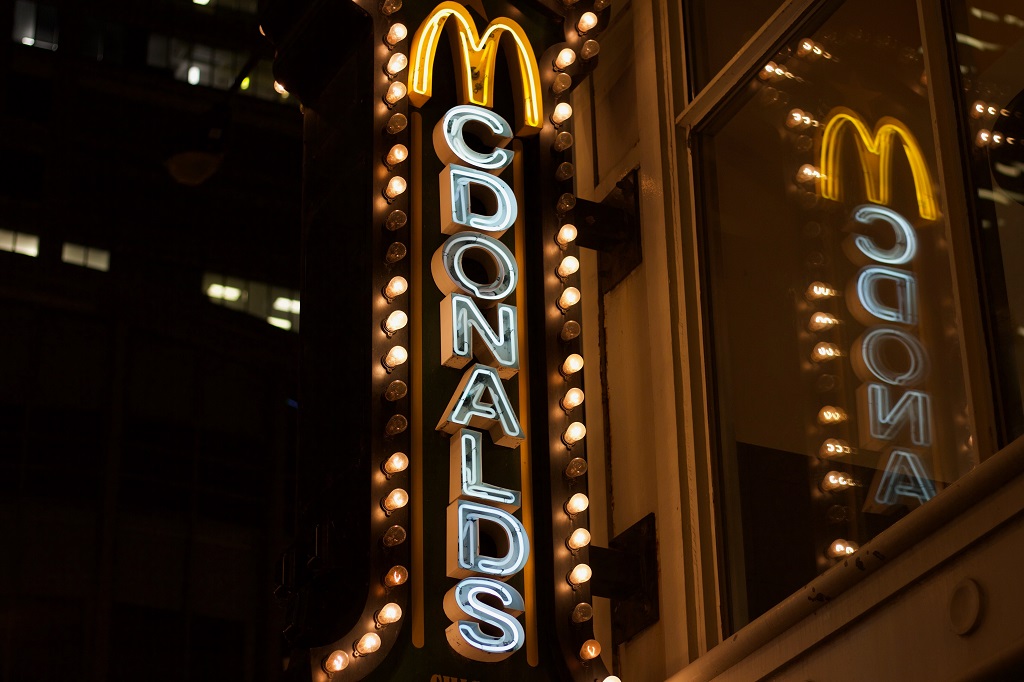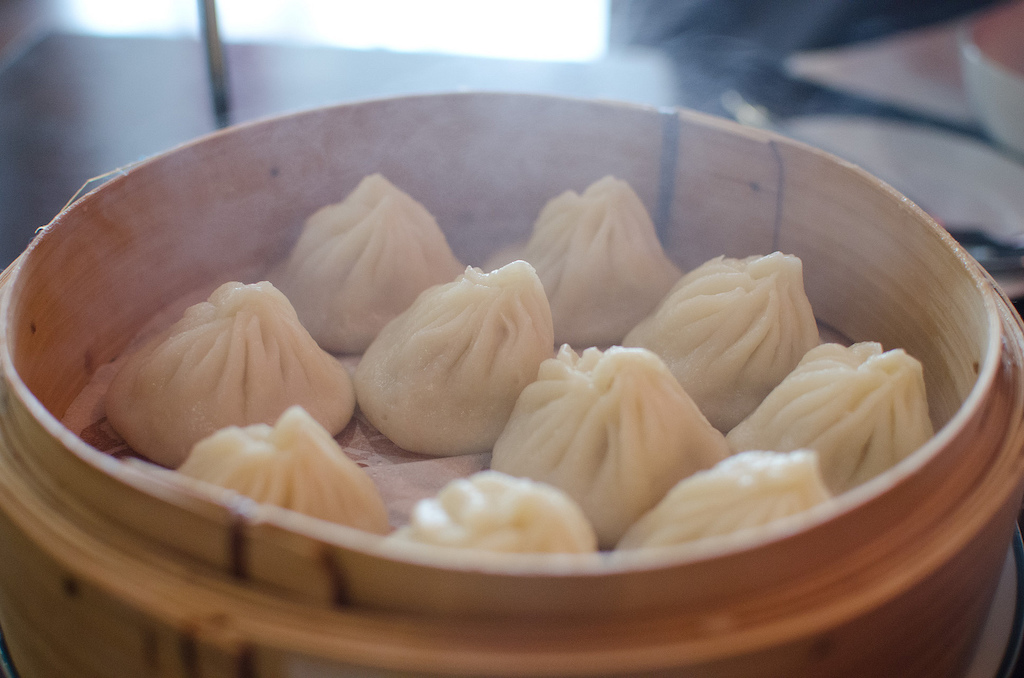Thinly sliced: Feeding inmates healthier food could lead to lower medical costs. Who would’ve guessed?
This is the web version of a list we publish twice-weekly in our newsletter. It comprises the most noteworthy food stories of the moment, selected by our editors. Get it first here.
Pilot light out. In October, we detailed a high-profile Brooklyn food and restaurant incubator’s sudden, surprising demise, which left 175 member companies without access (and some said, without notice) to kitchen space during peak holiday production season. Pilotworks made a name for itself as the WeWork for food, capitalizing on the co-work craze and building easy-to-rent kitchen space across the country—particularly in cities like New York, where commercial real estate and operating costs are stratospheric. In 2017, the incubator raised $13 million in venture funding. Now, Eater reports, the space has been taken over by a new incubator called Nursery, backed by Australian chef Adam Melonas and his Boston-based food lab, Chew.
Eat to live. If you think about it, eating is a very future-focused act. The fork-to-mouth ritual we all enjoy can mean many things to many people, but its very existence as a human endeavor implies we expect to be around for a while. That’s why it may seem odd to think in depth about funeral food. But that’s just what Topic is doing as part of its new series on “the American way of dying.” The elegant and thoughtful “Comfort Foods” is a meditation on funeral food traditions—from the West Virginia funeral cake to Utah’s funeral potatoes—and it suggests that what we eat at every stage of the mourning and grieving process can nourish our memories and be as rich and meaningful as life itself.
Protein: You’re either all in, or you’re not getting enough. Or so the $12-billion protein supplement industry wants to you to believe. Pills, powders, shakes, and bars—take your pick—are everywhere these days, claiming to boost muscle mass and recovery and stave off hunger. But unless you’re an extreme athlete (or a vegan), reports Colorado Public Radio, you’re likely already getting plenty because it’s in more foods than we think. How much do we actually need? The USDA says 50 grams a day will do ya.
Prison break. A Maryland prison warden wondered why the inmates at her correctional institution were leaving the system much heavier than when they’d arrived. Turns out, the females at her facility were being fed the same as male prisoners‚ to the tune of 3,200 calories a day. (An average woman needs around 2000 calories to maintain her weight and an average man needs around 2500.) As The Washington Post reports, she worked with a dietician to shave 1000 calories a day off their plates, replace white bread with wheat, add fish, fresh fruits, and vegetables. Sure, the benefits for inmates of eating whole food are to be expected. But there are real cost savings expected from the change, too: Medications to treat chronic disease represent the largest part of that institution’s budget.
Take it with a grain of salt. It’s the end of the year, and you’re probably tired of seeing the medicinal foods bubble busted over and over again. But here’s one more—a story in the The Atlantic that adds a little seasoning to the pink salt halo. Often referred to as Himalayan Salt, the sprinkle-them-everywhere pink crystals really shouldn’t be. As the article points out, it would be more accurate to call the stuff Pakistani Salt, because that’s where it actually comes from. Branders and marketers likely rolled with “Himalayan” because it’s a more grandiose vehicle for the pseudoscientific nutritional value pink salt claims over its plain white predecessors. Although its pink color does indicate elevated levels of necessary minerals like zinc, magnesium, or calcium, our bodies don’t absorb much more from salt than they do from complete foods. Try not to get too salty about all the mischaracterization, though. Pink salt’s aesthetic superiority almost makes it a worthwhile upgrade. You know, because it’s pretty. (Just ask a millennial.)
